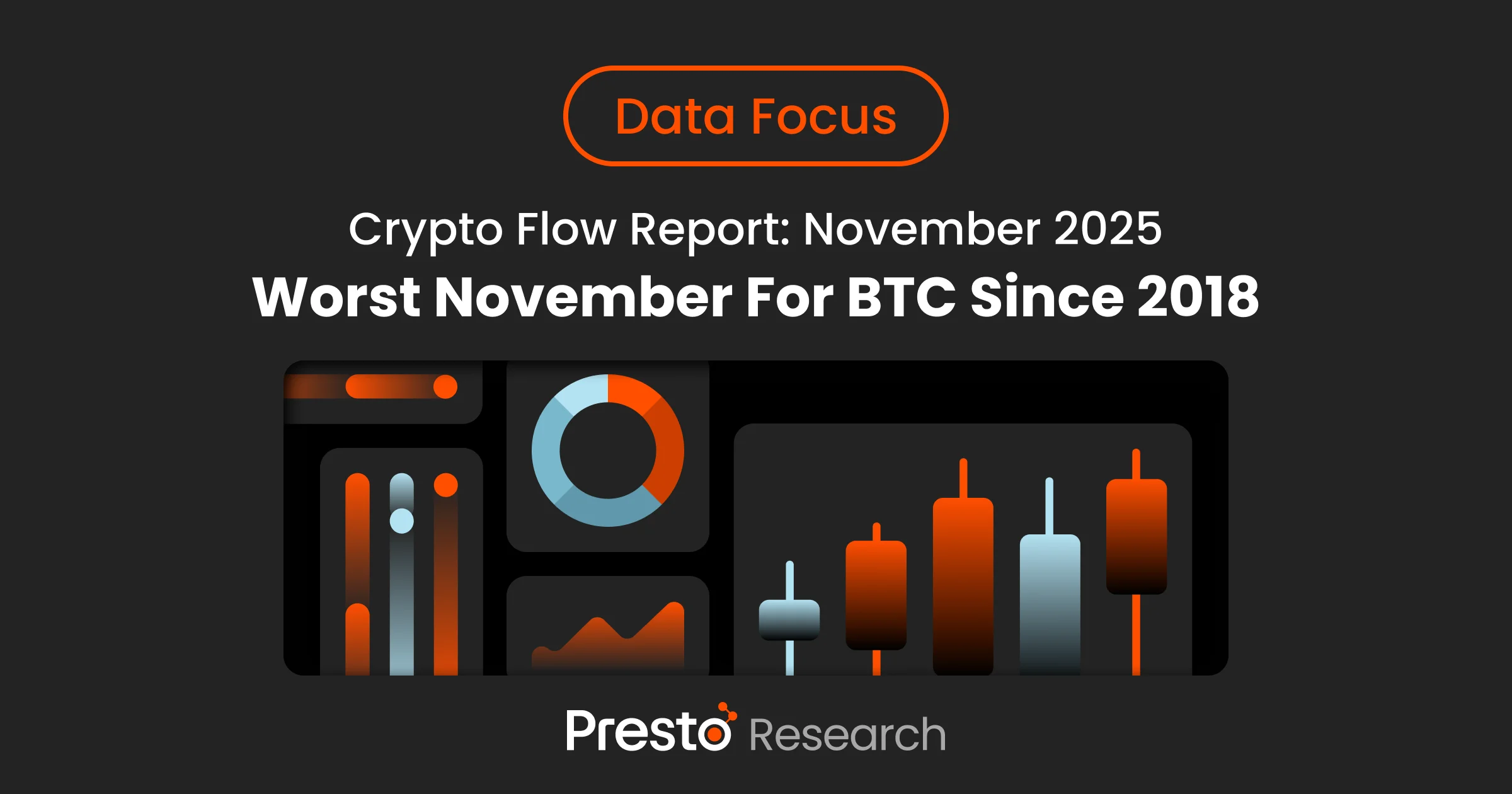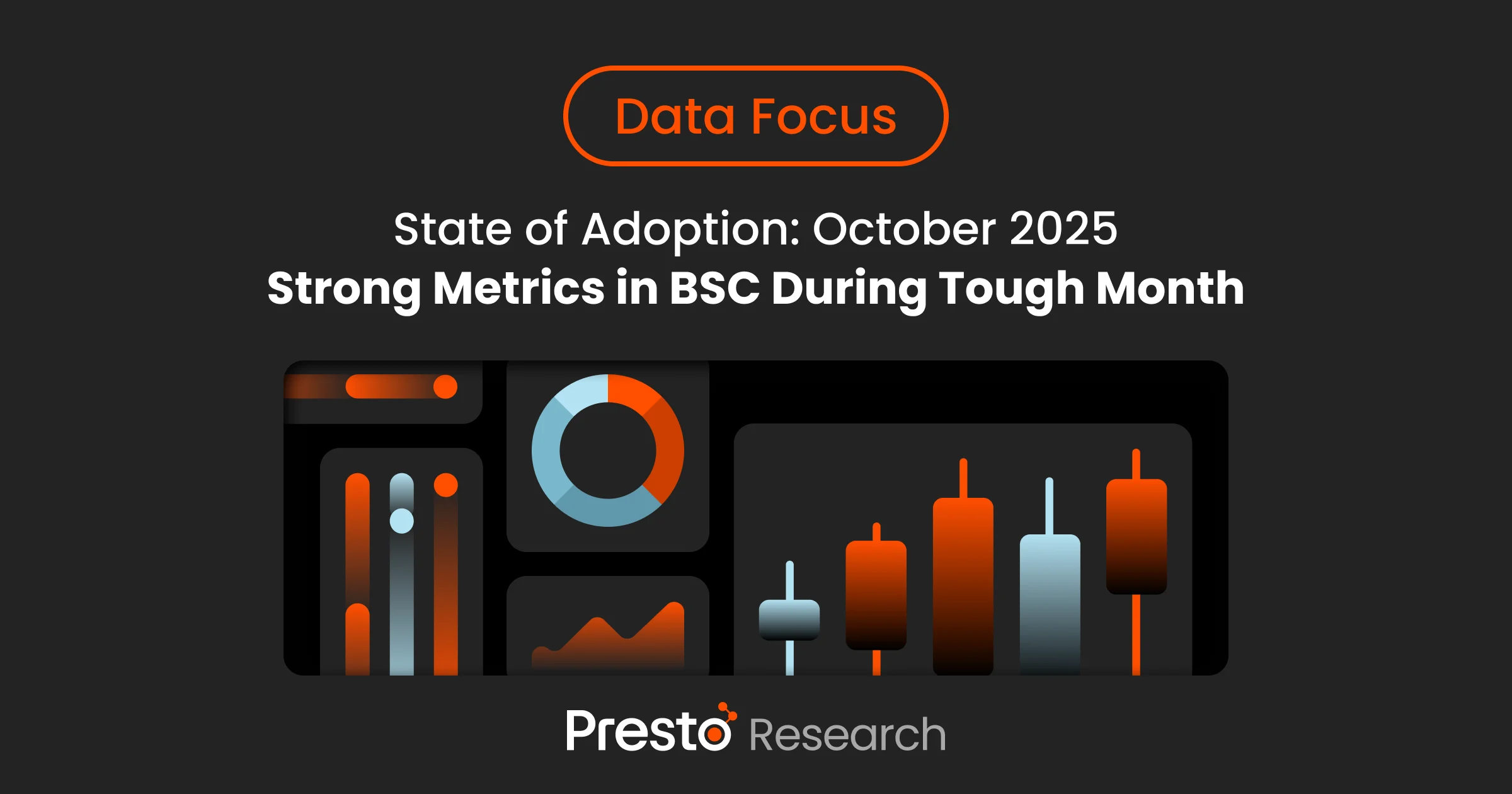Summary
The MVRV ratio compares Market Value to Realized Value to gauge Bitcoin’s valuation. Historical ranges, like below 1 for oversold and above 3.2 for overbought, guide assessments. Realized Value acts as the "cost basis," reflecting holders’ profit margins.
That said, Bitcoin’s evolving landscape challenges MVRV’s historical relevance. Reduced on-chain volume, driven by off-chain activities (e.g., CEX trading, Lightning Network), shifts price dynamics. Store-of-value adoption, including ETFs and other institutional investments, further complicates comparisons to the pre-mainstream era.
MVRV should be used holistically to analyze Bitcoin’s network fundamentals, not just to predict prices. By acknowledging its limitations and adapting to modern dynamics, investors can leverage MVRV to gain deeper insights into Bitcoin’s evolving ecosystem.

1. Introduction
Since Bitcoin’s inception, a myriad of approaches have sought to pin down its elusive fair value, navigating the uncharted waters of this novel asset class. Among these, the Market Value to Realized Value (MVRV) ratio has gained traction as a leading valuation metric in the crypto industry. Yet, too often, MVRV is narrowly wielded as a mere price predictor, a reductive lens that obscures its deeper potential, while inviting skepticism due to its inherent limitations.
This report ventures beyond such confines, illuminating MVRV’s true capabilities. First, we explore its conventional application, highlighting its foundational mechanics. Next, we examine why Bitcoin’s recent transformations – spanning investor behavior, network infrastructure, and mainstream adoption – render traditional approaches less effective. Finally, we offer a refined perspective, advocating for a holistic approach to leverage MVRV as a tool for decoding the Bitcoin network’s evolving fundamentals.
2. MVRV Recap: The Standard Approach
Popularized by CoinMetrics since December 2018, MVRV has become a widely cited metric for valuing the Bitcoin network. This section explores its concept and the factors driving the metric.
2.1. Definition
The Formula for MVRV Ratio is as below:
MVRV Ratio = Market Value / Realized Value
where,
Market Value (MV): The value of the circulating Bitcoin supply at the current price, akin to equity market capitalization, with all BTC valued at a single price.
Realized Value (RV): The value of the circulating Bitcoin supply based on the price when each BTC last moved on-chain, with each BTC valued at its respective price and then aggregated.
Figure 1: Bitcoin’s MVRV Ratio Since Inception

Source: Blockchain.com, Presto Research
2.2. Standard Interpretation
2.2.1. Realized Value
Unlike MV, which is straightforward, RV may be less intuitive for new industry entrants. Technically, it is calculated by valuing each Unspent Transaction Output (UTXO) at the price when it was created. For valuation purposes, framing it in one of the following three ways can aid understanding.
The Bitcoin blockchain serves as the official transaction ledger, where only on-chain transactions are considered the sole source of truth.
Inactive coins, being dormant and unused, are underweighted from the network's value. RV effectively marginalizes them from valuation.
Derived from market price and on-chain transfer volume, RV weights coins based on their actual activity in the Bitcoin economy.
Seen this way, the MVRV ratio also somewhat resembles the price-to-book ratio (PBR) in equity valuation. Book value reflects a company’s worth, calculated as the residual value of assets minus liabilities, based on agreed-upon accounting standards. Similarly, by treating on-chain transactions as the standard for "true price discovery," RV serves as a foundational measure of the Bitcoin network’s value, while broader and real-time price discovery occurs mostly through off-chain transactions.
2.2.2. The Relationship Between MV and RV
Since only a portion of the circulating Bitcoin supply changes hands on-chain at any given time, MV is typically, but not always, a multiple of RV. Comparing the current MVRV multiple to its historical range can therefore help assess the Bitcoin network’s valuation.
For example, BTC currently trades at an MVRV Ratio of 1.93, near the midpoint of its historical range. Since inception, BTC has spent only 15% of its time below an MVRV Ratio of 1 and 6% above 3.2, often interpreted as oversold or overbought zones, respectively. This concept particularly makes sense if one subscribes to the view that RV represents a weighted average of on-chain transaction values, or the "cost basis" for all BTC held in circulation. The MVRV ratio then can be viewed as aggregate profit margins for coin holders, potentially influencing buying or selling behavior – e.g., triggering profit-taking en masse at 3x return.
3. Rethinking MVRV for Bitcoin's New Era
MVRV is a valuation framework. As with all frameworks, understanding its assumptions and shortcomings is key to using the tool effectively. One major assumption with the conventional approach is ceteris paribus, or “other things being equal.” When the judgment on the valuation level relies on historical comparison, one implicitly assumes that the operating environment surrounding the network remains constant. Otherwise, the past valuation band would not hold much relevance.
Equity valuation metrics, such as price-to-earnings or price-to-book ratios, also rely on historical benchmarks, which works reasonably well in mature industries with slow changes. However, it’s a different story in the rapidly evolving crypto industry. Fast-changing technology and market dynamics drive proactive investor adaptation, challenging the relevance of MVRV’s historical context. We explore some of these below.
3.1. Dwindling On-chain Transaction Volume
Bitcoin’s on-chain transaction volume in BTC has been declining since mid-2016, stabilizing within a narrow range in recent years (Figure 2). Consequently, price, rather than transaction volume, increasingly drives RV. In other words, RV is becoming a largely static metric, with price as its primary dynamic driver. This trend complicates historical comparisons, rendering past trading bands less relevant over the long run. Two factors explain the declining on-chain volume.
3.1.1. Increasing Off-chain Activities
Infrastructure and applications built on the Bitcoin network, such as centralized exchanges (for efficient price discovery) and the Lightning Network (for small-scale transactions), have proliferated over time. Centralized exchanges have been the primary venue for price discovery, particularly since the 2017 bull market when derivatives markets expanded, aligning with the decline in on-chain volume shown in Figure 2. Furthermore, bitcoin derivatives trading, which accounts for 90–95% of total BTC trading volume on major exchanges, occurs off-chain, leaving RV unaffected (Figure 3, 4).
Figure 2: Bitcoin’s On-chain Transaction Volume (BTC)

Source: Blockchain.com, Presto Research
Figure 3: More Off-Chain Price Discovery ($ billion)

Source: The Block, Presto Research
Figure 4: Derivatives Have Taken Over

Source: CryptoQuant
Another key development is the Lightning Network (LN), a layer-2 solution for micropayments. By late 2023, LN handled nearly half (47%) as many transactions daily as Bitcoin’s base layer without updating on-chain address balances, according to River. This enables significant economic activity without impacting the layer-1 network.
3.1.2. Store of Value Adoption
Bitcoin’s adoption as an investment asset has been ongoing since inception but accelerated after the Fed’s COVID-19-triggered quantitative easing in March 2020. The U.S. listing of spot Bitcoin ETFs in early 2024 further solidified this trend. Today, Bitcoin has become a full-fledged macro asset, with its price movements displayed alongside the S&P 500, Treasuries, FX rates, and commodity prices on major financial media like Bloomberg and CNBC. This evolution has two implications for MVRV.
First, given Bitcoin’s newfound legitimacy in recent years, past valuation references, when Bitcoin’s investor base consisted of a different cohort such as cypherpunks and libertarian outlaws, may no longer serve as a useful backdrop for contextualizing its current valuation. This is especially true given the shift in BTC price behavior, evidenced by reduced volatility and increased correlation with traditional assets (Figure 5, 6), both of which are byproducts of greater institutional participation in our view. The declining BTC volatility, in particular, directly impacts the MVRV Ratio by reducing the volatility of the numerator, and thus the ratio itself.
Figure 5: BTC’s Falling Volatility (360-Day Rolling, Daily, 2015-Present)

Source: Bloomberg
Figure 6: BTC vs. Nasdaq Correlation Has Risen (120-Day Rolling, Daily, 2012-Present)

Source: Bloomberg
Second, Bitcoin’s adoption as a store of value will have the effect of suppressing on-chain volume, as bitcoin’s primary use case becomes hoarding rather than exchange. The effect has already been visible. Currently, approximately 65% of the circulating supply has not moved for at least 12 months, according to HODL Waves (Figure 7). This trend will likely intensify as capital flows into spot Bitcoin ETFs grow and as more corporations and nation-states follow the examples of Strategy (MSTR) or the U.S. Bitcoin Strategic Reserve.
Figure 7: Long-Term Holders’ Supply Is Rising

Source: Bitcoin Magazine Pro
3.2. Growing Non-Speculative On-chain Transactions
We noted in the previous section that some interpret RV as the "cost basis" for all BTC held in circulation. However, this overlooks the fact that not all on-chain transactions are price-motivated. Transfers to/from individual wallets, collateral deposits, or wrapping transactions are such examples. These types of transactions are likely to increase further as the infrastructure supporting the Bitcoin network continues to evolve, in which case the assumption that RV represents the coin holders’ cost basis becomes increasingly detached from reality.
4. Holistic Valuation Lens
Valuation metrics like MVRV are often misunderstood by inexperienced investors, who may view them as prescriptive tools for successful trading, judging their value solely by the accuracy of trading signals. While this approach may have some merit, it is limited and unlikely to yield consistent long-term benefits.
A more rewarding approach, both financially and intellectually, is to use valuation metrics to deepen understanding of an asset’s fundamentals and their drivers. In equity valuation, models like discounted cash flow (DCF), price-to-earnings ratios (P/E ratio), or the Gordon Growth Model remain popular not because they predict stock prices accurately – in fact, relying solely on them would lead to poor performance – but because they provide frameworks to analyze value drivers.
Using a medical analogy, valuation metrics are like diagnostic tools for doctors. A physician holistically considers vital signs, test results, X-rays, MRIs, medical history, and lifestyle to make an informed diagnosis and treatment plan. Relying on a single metric for investment decisions is akin to a doctor diagnosing cancer and prescribing chemotherapy based on one X-ray.
Likewise, MVRV is not a crystal ball but a lens for understanding Bitcoin’s fundamentals. As Bitcoin evolves, so must our approach to its valuation. Embracing its insights while acknowledging its limitations equips investors to make informed decisions in an ever-changing market.
The Z-score and RHODL versions of the MVRV ratio are efforts to address MVRV’s shortcomings, and hence such refinements should continue. After all, it took over 300 years since the emergence of equity as an asset class to establish mainstream equity valuation frameworks like DCF and P/E ratios. With crypto valuation frameworks, we are still in the early stages.
Figure 8: Dutch East India Company (VOC) Stock, circa 1606

Source: The Tradable




